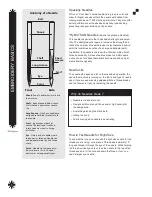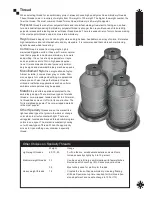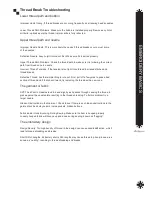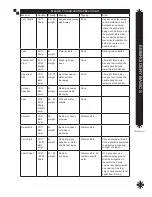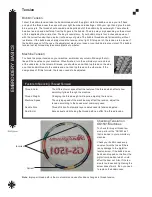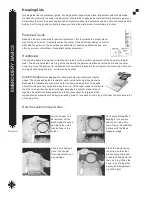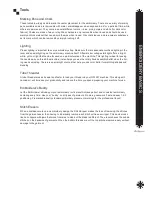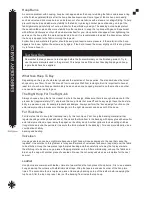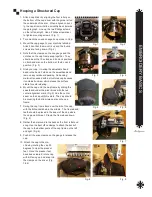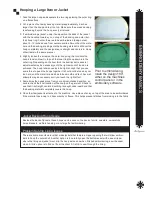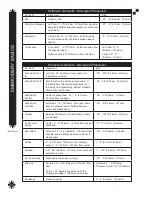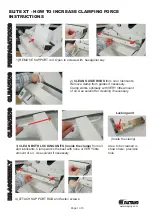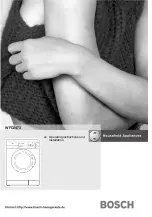
EM
B
R
OI
D
ER
Y
B
A
S
IC
S
16
Hooping Technique
One of the most important techniques to learn for successful embroidery is hooping. Hooping is simply the
act of placing a sandwich of stabilizer/backing and material within a frame so it can be attached to the ma-
chine with the proper amount of tension.
Tubular Hoop Technique
First the material to be hooped should be taut, but not so tight it stretches in the hoop. Make sure the backing
material extends beyond the hoop. Then to achieve the right amount of tension on the backing, smoothly pull
it across the face of the hoop and reach what people call a “tambourine skin” tension. If one lightly taps on
the backing, it should resonate almost like a drum or tambourine. The actual material to be embroidered is
a more delicate matter. It needs to be
smooth and tight but not too tight. A
good test to see if you have the right
amount of tension on the hooped fabric
is to slowly run your index and middle
finger over the material inside the hoop;
there should be no wave movement
to the fabric. Fabric loose in the hoop
will cause registration problems in the
design. Also, check that there is no
distortion to the grain of the fabric.
Adjust the hoop screw before the
hoop is applied to the fabric. Joining
the top and bottom hoops to the mate-
rial should be snug and require some
pressure. If the material in the hoop
appears too loose, tighten the screw
and try again, likewise, if its too hard,
loosen the screw slightly until it is snug.
Never try to force the hoops together
because the hoop ring could mark the
material causing “hoop burns”.
The next step is to mark the center
placement. It is best to use a marking
device that is removable, such as a
water-soluble pen, in case markings show
through. Before embroidering, trace the
design to make sure it fits
inside the hoop.
When attaching the hoop to the
embroidery machine, make sure it is
properly attached, the fabric should be
touching the table or arm completely.
With your finger, lightly press inside the
hoop and make sure there is no bounce
to the fabric. Any air between fabric and
needle plate could result in “flagging”,
a term used to describe a bouncing
movement to the hoop resembling
a flying flag. This could cause the
embroidery design to be out of register.
Fabric too loose in hoop.
Registration errors when fabric
is loose.
Summary of Contents for GS1501
Page 30: ...GETTING STARTED 28 ...
Page 31: ...GETTING STARTED 29 The Control Panel Display ...
Page 62: ...EMBROIDERY BASICS 28 Notes ...
Page 64: ...MACHINE BASICS 2 ...
Page 65: ...MACHINE BASICS 3 ...
Page 70: ...MACHINE BASICS 8 ...
Page 71: ...MACHINE BASICS 9 ...
Page 78: ...MACHINE BASICS 16 Notes ...


